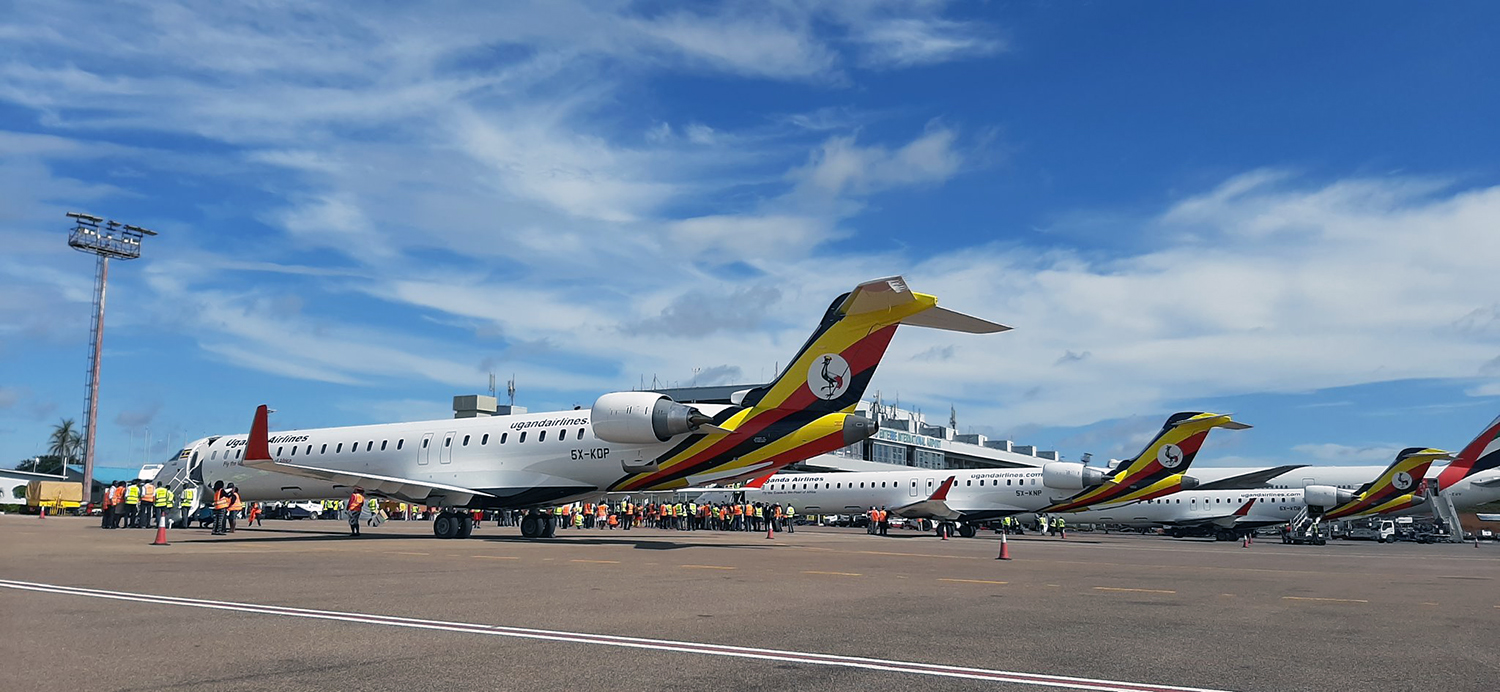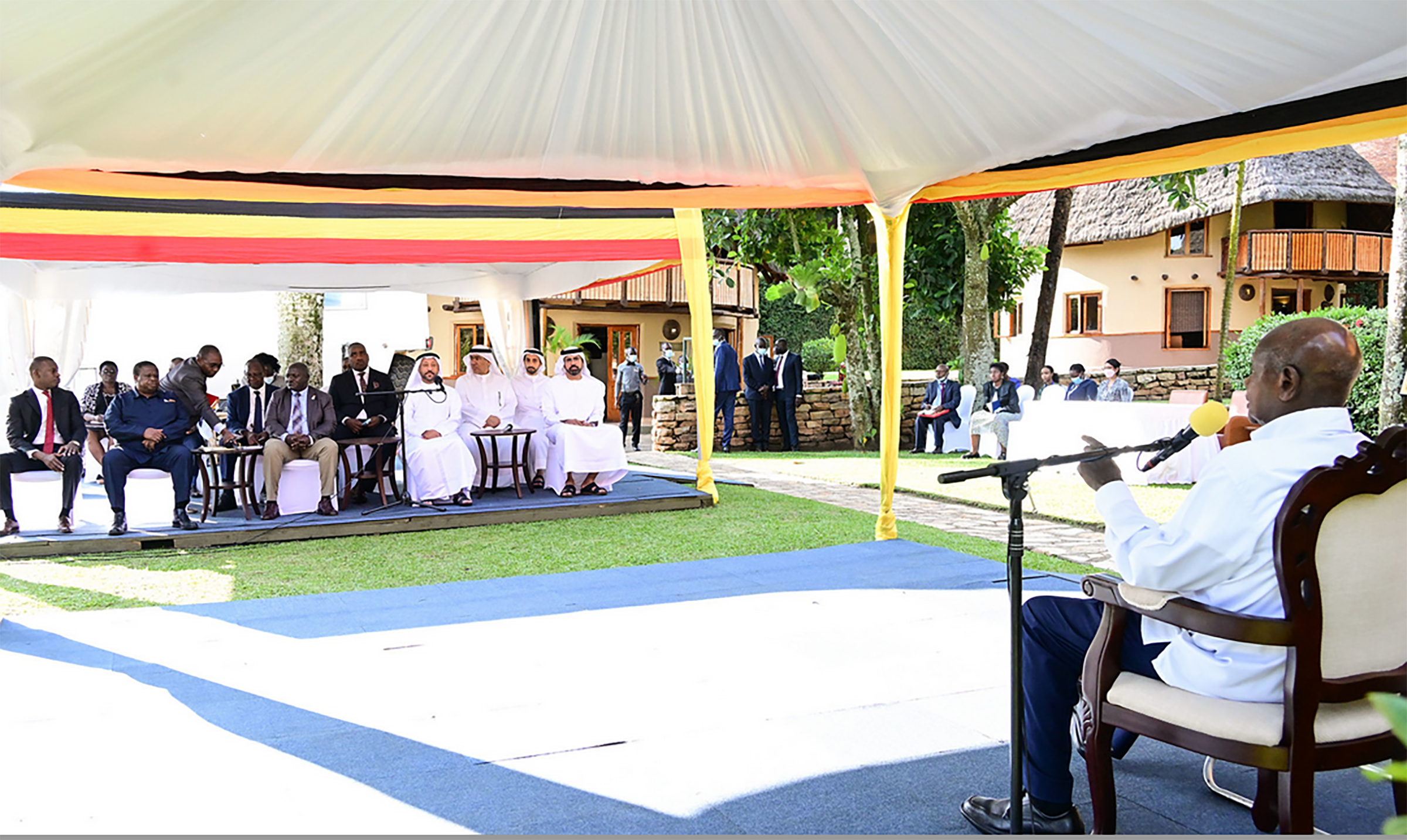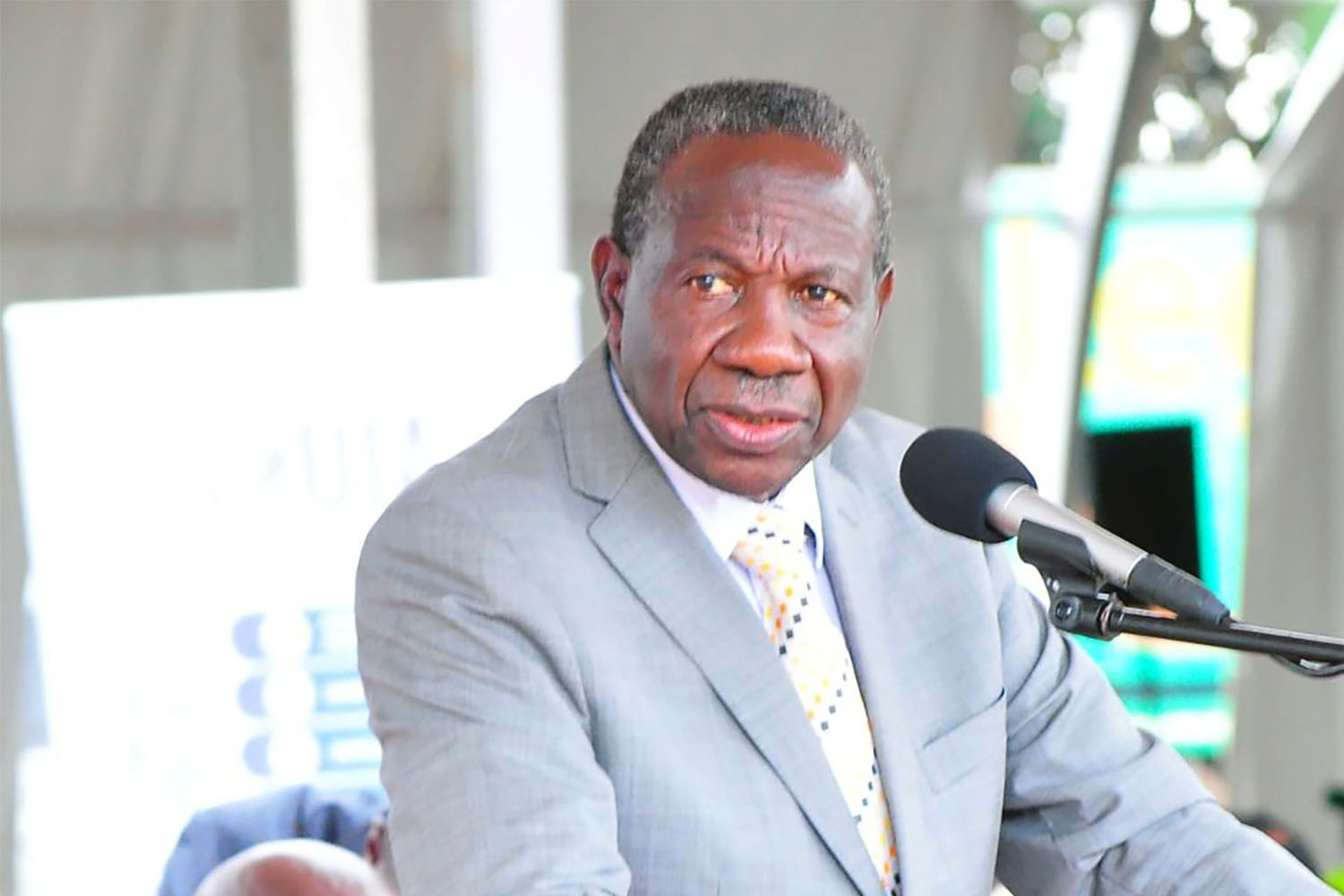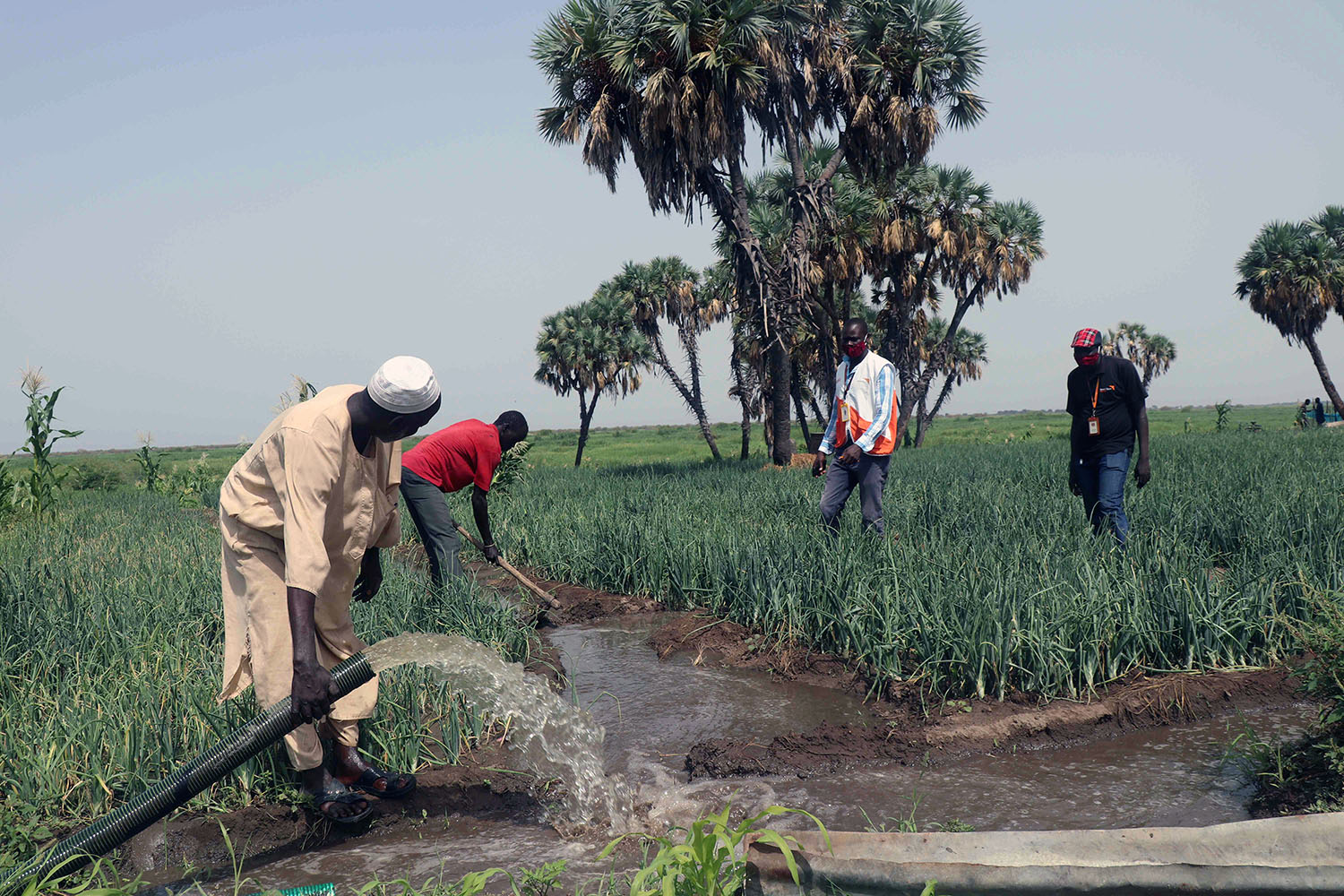Revenue from international tourists up by 25%

Tourists take in the atmosphere in Queen Elisabeth National Park. The number of days that tourists stay in Uganda has risen again to pre-pandemic levels. FILE PHOTO
Uganda’s tourism sector registered significant growth in 2024, with international tourist receipts rising by more than 25% to reach UGX4.8 trillion, up from UGX 3.8 trillion a year earlier.
According to the 2025 Tourism Trends and Statistical Report, the surge in earnings was driven by longer stays of 8.7 nights on average, compared to 8.3 the previous year and an increase in daily tourist expenditure from UGX407,000 ($110) to UGX 462,500 ($125).
The report says the figures underline a strong post-pandemic recovery, signalling the growing appeal of Uganda as a high-value destination. The sector’s contribution to total exports rose to 16%, underlining its economic significance.
- The report shows that Uganda earned more per tourist in 2024 than ever before, demonstrating a strategic shift in tourism development.
“This performance reflects not only recovery but strategic progress. The shift toward attracting higher-spending tourists and enhancing in-country value captures a sustainable approach to tourism development that Uganda will continue to build on,” the report states.
International arrivals rose to 1,371,895 visitors in 2024, a 7.7% increase from 1,274,210 the year before. This brought Uganda to 89.2% recovery of pre-pandemic 2019 levels, with a full return projected by the end of 2025.
- The leisure segment was a major driver, increasing its share from 15.8% to 19.2% of arrivals, and posting a 33% growth, thanks to intensified destination marketing by the government.
Tourists primarily spent on accommodation, food and beverage, passenger transport, and travel agency services, which together accounted for 79.8% of total tourist expenditure.
This means that nearly 80 cents of every tourism shilling earned in Uganda was injected directly into the hospitality, transport, and booking service sectors, reinforcing the need for continued investment in these areas to maximize economic gains.
In terms of broader economic impact, the tourism sector’s direct contribution to Uganda’s GDP was UGX 6.06 trillion, equivalent to 3.2% of the national output. The overall sectoral contribution was 6.6%, while tourism investments accounted for 17.2% of total national investments, or UGX 7.458 billion in value.
Employment in the sector also soared. Tourism directly supported over 803,000 jobs, accounting for 7.2% of total national employment. This represents a 31.6% increase over 2022.
- With one in every 13 working Ugandans directly employed in tourism, the industry continues to serve as a critical livelihood source. According to the report, 1.8% of Uganda’s population is employed directly in tourism-related roles.
- Domestic tourism also experienced healthy growth, increasing by 5.2% in 2024. An estimated 2.8 million Ugandans engaged in domestic travel, staying an average of six nights. Visits to national parks, cultural sites, and the Uganda Wildlife Education Centre (UWEC) reached 997,152, with national park visits alone increasing by 15.7% to 244,843, signalling growing interest in local nature and wildlife experiences.
These trends confirm Uganda’s tourism sector as a pillar of national development and a key player in driving economic resilience.
With sustained investment, strategic marketing, and a shift towards high-yield tourism, there is evidence of recovery of the country’s tourism sector and a cementing of its place as one of Africa’s leading tourist destinations.





























